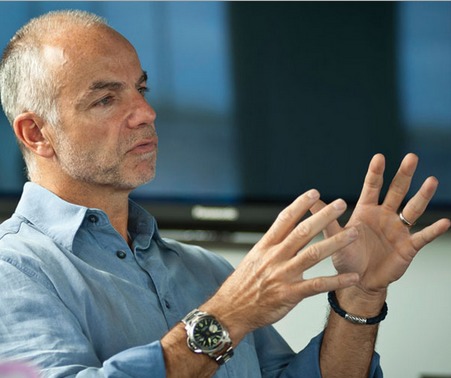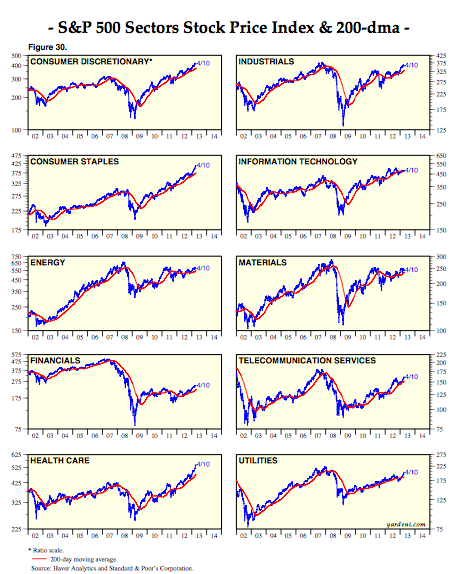Modern portfolio theory has taken its lumps in recent years.
During the financial crisis, seemingly every asset class with the exception of cash and U.S. Treasury bonds fell together, leaving investors with few places to hide.
Fast forward to 2013 — the S&P 500 is up more than 30% and index fund investors are feeling great. In fact, adding bonds, real estate, commodities or emerging markets to the portfolio mix only reduced overall performance this year.
S&P 500
Yet it would be a mistake to think diversification is dead. Not every year is going to look like 2008 or 2013. A diversified portfolio can help smooth out the inevitable market bumps, and potentially boost risk-adjusted performance. A mix of assets can also help investors avoid costly psychological mistakes such as buying at market tops or selling at the lows. The idea is that some assets will zig while others zag.
Financial advisors caution against falling into the trap of recency bias. This is the cognitive fallacy that our recent experience will be the baseline for what we experience in the future. In other words, the odds are pretty good that next year’s market won’t look anything like this year.
True, the economic outlook remains promising heading into 2014. Economic growth clocked in at 4.1% in the third quarter of 2013. And corporate earnings are robust. However, some analysts think it will be tough to match the stock market gains of 2013 in the year ahead.
Mark Willoughby, chief investment officer, principal and wealth manager at Boston-based Modera Wealth Management, recently told the Wall Street Journal that he believes the typical portfolio with exposure to stocks and bonds will enjoy solid, though hardly spectacular, gains in 2014:
“We look at the bond market as maybe returning 2% to 4% and the global stock market returning maybe 7% to 8%. So if you do a typical 60-40 portfolio, 60% stock, 40% bonds, expect a rate of return for a diversified portfolio going forward of 5% to 6%. So investors should not expect the returns from their portfolios to bail them out of not saving enough.”
One of the big unknowns heading into next year that will shape portfolio diversification decisions is this: How will the Fed’s recent decision to start tapering its $85 billion in monthly bond purchases affect fixed income investments?
Much will depend on how orderly the Fed’s tapering program plays out with bond yields in 2014. On the upside, the Fed will continue to be a big buyer of government paper, a plus for the bond market. If yields rise gradually, fixed income investments may deliver positive returns, Edward Marrinan, head of credit strategy at RBS Securities, told the Financial Times:
“We expect 2014 can be a year of modest capital appreciation by credit, with neither investment grade or junk-rated bonds delivering their long-term historical return. A relatively modest rise in Treasury yields will help investment grade stay positive.”
All bets are off if yields spike, which could have a negative impact on bond prices. Yields are already starting to climb. On Dec. 26, the benchmark 10-year Treasury note’s yield touched 3%, the highest level since September.
Looking for some ideas on how to structure your portfolios for 2014? Covestor offers diversified multi-manager portfolios for various investing goals, such as Risk Protection, Yield, Active and Aggressive, and Diversified Equity.
If investors prefer a more hands-on approach to constructing their portfolio, we’ve vetted nearly 100 portfolio managers whose investment strategies can be viewed, analyzed and mirrored in a Covestor account.
Interested in ETF strategies? Check out Charles Sizemore’s Tactical ETF portfolio. For big-cap, dividend paying stocks, the Stone Fox Net Payout Yields portfolio is an option. And if you still want some exposure to fixed income in 2014, the Stable High Yield portfolio managed by John Gerard Lewis is another possibility.
To check out the entire Covestor lineup of portfolios, start here.
Photo Credit: StockMonkeys.com
DISCLAIMER: The information in this material is not intended to be personalized financial advice and should not be solely relied on for making financial decisions. All investments involve risk, the amount of which may vary significantly. Past performance is no guarantee of future results.






